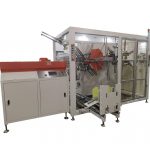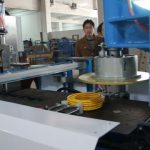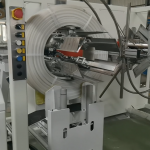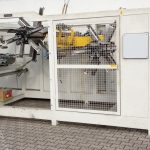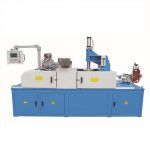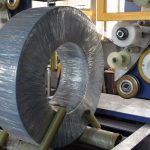Coiling machines are indispensable equipment in many industries, from steel and paper to wire and cable. They are designed to coil materials quickly, safely, and efficiently, providing businesses with numerous benefits, such as reduced labor costs and improved product quality. In this article, we will delve deeper into coiling machines, discussing how they work, their benefits and applications, factors to consider when choosing one, and maintenance and repair tips.
How Coiling Machines Work
Coiling machines consist of several basic components, including a mandrel, a guide system, a tensioning system, a drive system, and a control system. The coiling process involves feeding the material onto the mandrel, which rotates at a constant speed, while the guide system guides the material onto the mandrel. The tensioning system maintains the tension on the material, while the drive system ensures that the mandrel rotates at the desired speed. The control system monitors and controls the coiling process.
There are several types of coiling processes, including random winding, precision winding, and layer winding. Random winding is used for materials that are difficult to handle or have irregular shapes. Precision winding is used for materials that require precise winding, such as thin wires or magnetic tapes. Layer winding is used for materials that require even layers, such as paper or plastic films.
Applications of Coiling Machines
Coiling machines are used in various industries, including steel, paper, wire and cable, textile, and plastic. In the steel industry, coiling machines are used to coil steel strips or sheets for storage or transportation. In the paper industry, coiling machines are used to coil paper rolls for printing or packaging. In the wire and cable industry, coiling machines are used to coil wires or cables for storage or transportation. In the textile industry, coiling machines are used to coil fabrics or yarns for storage or transportation. In the plastic industry, coiling machines are used to coil plastic films or sheets for packaging or transportation.
